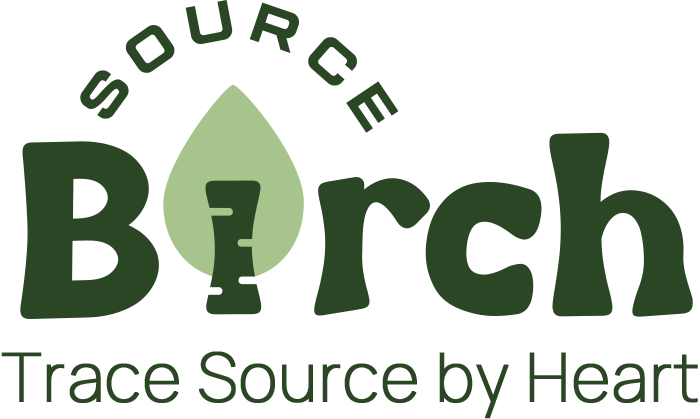Birch Sap: The Emerging Treasure in Food Industry
In the vast forests of the Northern Hemisphere, birch trees are always the first messengers of spring. As snow begins to melt, sap starts flowing quietly within their trunks—this is no ordinary sap, but what is known as "water of life": birch sap. This clear, mildly sweet liquid is now transcending its millennia-old traditions and stepping into the realm of modern food industry, sparking a revolution centered on naturalness, health, and sustainability.
When modern science turned its attention to this ancient sap, researchers were amazed to find it is not merely a thirst-quenching drink but a natural treasury of nutrients. Birch sap contains an abundance of minerals—manganese, zinc, potassium, and calcium—alongside various amino acids, vitamins, and natural sugars. Even more precious are its bioactive compounds like polyphenols and flavonoids, which exhibit antioxidant and anti-inflammatory potential. Most remarkably, birch sap is naturally low in calories and sugar, yet it boasts a unique mildly sweet taste and refreshing botanical aroma.

In the field of food processing, birch sap is demonstrating its versatile potential:
✦As a Natural Beverage
Birch sap can be consumed directly without any additives, preserving its pristine natural flavor. Some brands have introduced birch sap drinks that, with their refreshing taste and healthy image, are becoming favorites in the premium beverage market.
✦In Fermented Foods
The natural sugars in birch sap provide an ideal substrate for fermentation. Birch beer, birch vinegar, and similar products not only offer distinctive flavors but also enhanced health benefits. Traditional Russian kvass, for instance, has variants that use birch sap as a base.
✦As Sweeteners and Syrups
Concentrated birch sap can be processed into natural sweeteners similar to maple syrup, but with lower sweetness and higher mineral content, offering health-conscious consumers a novel alternative.
✦In Dairy and Baking
Birch sap can serve as a natural flavoring and nutritional enhancer in products like yogurt and ice cream, imparting a unique taste profile.

From pristine forests to global dining tables, the journey of birch sap has only just begun. In laboratories, food scientists continue to explore further possibilities of this remarkable liquid—from optimizing fermentation to flavor pairing. Future grocery shelves may feature more innovative products based on birch sap, embodying both ancient forest wisdom and the brilliance of modern technology.
In today's food landscape, where artificial additives are rampant and health crises loom, birch sap emerges like a clear stream, reminding us that the wisest food innovations are sometimes hidden in nature's simplest gifts.
